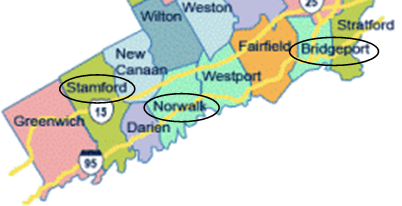Changes on the Way in New Haven Media Coverage
/The news media focused on New Haven is undergoing some changes, as one publication ends, a new electronic weekly business news round-up is about to begin, and a longtime local business paper is changing its subscription system, reducing the number of non-paying subscribers. New Haven Living magazine, published by the Hartford Courant Media Group in recent years, will cease publication with its January edition, the company recently announced. The New Haven-focused edition of the weekly CTNOW. an entertainment section, will also cease publication, last publishing on Dec. 29, the company said.
The Courant plans to continue publishing Hartford Magazine and the Hartford edition of CTNOW.  Each monthly addition of New Haven Living was nearly identical to Hartford Magazine, usually with a handful of New Haven-focused articles and features added. The Courant reported that it made the decision while evaluating opportunities to invest in higher-growth areas and the cost of distribution in Greater New Haven.
Each monthly addition of New Haven Living was nearly identical to Hartford Magazine, usually with a handful of New Haven-focused articles and features added. The Courant reported that it made the decision while evaluating opportunities to invest in higher-growth areas and the cost of distribution in Greater New Haven.
Business New Haven, which began publication in 1993, announced in its latest issue that “we are changing our publishing approach” in an open letter to readers from veteran publisher Mitchell Young, under the headline “The Time Has Come To Decide. Do You Want Business New Haven?”
Young says that “only paid subscribers will be guaranteed” to be included on the newspaper’s circulation list beginning with the next issue. Subscriptions to the monthly print edition will be $24 per year.
“We believe in the value of quality local publications and we hope you find us worth the cost of a lunch – perhaps that is a way of saying there is No Free Lunch,” the full-page letter said.
 A limited number of promotional copies will be limited “based on a proprietary algorithm for the support of our advertisers,” Young noted. He also indicated that plans are in the works to expand the publication’s CONNTACT.com website in the next year, as “we try to build our subscriber base” for the print edition. Business New Haven also publishes the monthly New Haven Magazine.
A limited number of promotional copies will be limited “based on a proprietary algorithm for the support of our advertisers,” Young noted. He also indicated that plans are in the works to expand the publication’s CONNTACT.com website in the next year, as “we try to build our subscriber base” for the print edition. Business New Haven also publishes the monthly New Haven Magazine.
The Hartford Business Journal (HBJ), which prints a weekly print edition in the Hartford region and has a roster of electronic news publications and business-oriented events, added a statewide daily email aimed at business executives statewide in 2013. The paper recently announced that for those doing business in New Haven and Middlesex Counties, a weekly news round-up, New Haven Biz, will be added to the HBJ e-mail line-up on February 1.
The email is slated to deliver a weekly roundup of business news and information from the Elm City and beyond, the paper’s website explains. The Hartford Business Journal recently had a prominent location at the Greater New Haven Chamber of Commerce Big Connect annual business-to-business event to promote the upcoming news service.
The publication also emails HBJ Today each weekday at noontime highlighting the day’s lead business stories. Subscriptions to the email-delivered news products, which also include the CT Health Care Weekly and CT Green Guide Weekly, are free. CT Morning Blend includes the top business stories from online news sources around the state and the nation “to keep business decision-makers ahead of the competition.” It also includes a stock market snapshot and a business calendar.
HBJ, with a strong local presence in Greater Hartford for more than two decades, is published by New England Business Media, which also publishes the Worcester Business Journal and MaineBiz. It also sponsors the annual CT Business Expo at the Connecticut Convention Center and numerous business programs and events in the region.


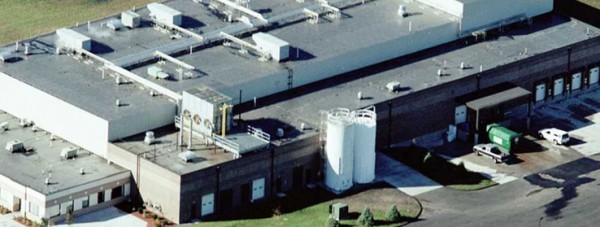


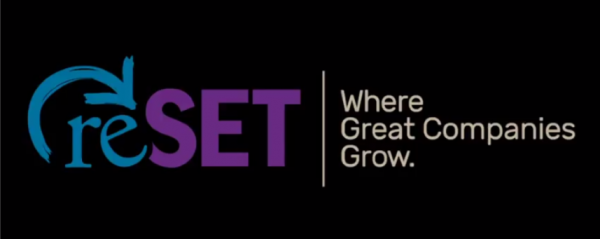
 sustainable lifestyle beverate brand for teens and tweens. The company's goal is to inspire young people to realize the power of consumer choices to effect social and environmental change.
sustainable lifestyle beverate brand for teens and tweens. The company's goal is to inspire young people to realize the power of consumer choices to effect social and environmental change.
 The five awards judges - Sherrell Dorsey of Uber and Triple Pundit, Adam Dotson of Ironwood Capital, Claire Leonardi, an advisor to reSET's Social Enterprise Investment Fund and former CEO of Connnecticut Innovations, Anthony Price of LootScout and Paul Witinski of Ironwood Capital - narrowed down more than 100 applicants to 12 honorees. The People’s Choice winner was selected via more than 1,800 online votes.
The five awards judges - Sherrell Dorsey of Uber and Triple Pundit, Adam Dotson of Ironwood Capital, Claire Leonardi, an advisor to reSET's Social Enterprise Investment Fund and former CEO of Connnecticut Innovations, Anthony Price of LootScout and Paul Witinski of Ironwood Capital - narrowed down more than 100 applicants to 12 honorees. The People’s Choice winner was selected via more than 1,800 online votes.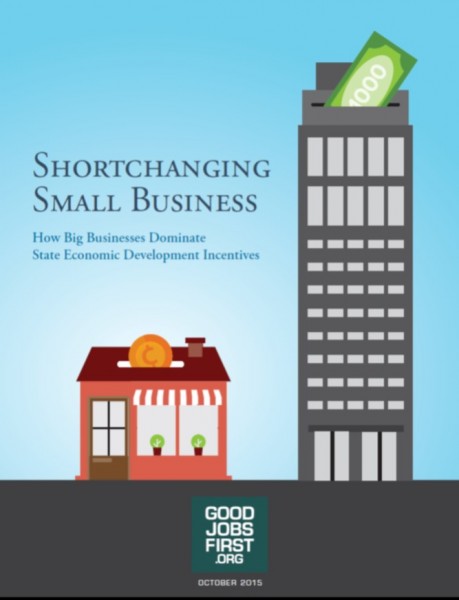

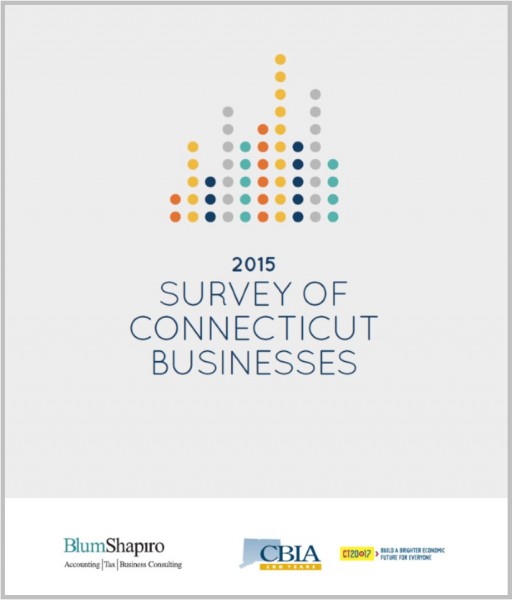

 Whether perception drives reality or reality is drives perception, the opinions stated by business surveyed are less than encouraging, according to the report. Primary reasons cited for moving or expanding outside Connecticut are the state’s high costs (including taxes) and its “anti-competitive business environment,” reflecting an oft-stated CBIA viewpoint. More than three-quarters say Connecticut’s business climate is subpar compared with other states in the Northeast, and the nation.
Whether perception drives reality or reality is drives perception, the opinions stated by business surveyed are less than encouraging, according to the report. Primary reasons cited for moving or expanding outside Connecticut are the state’s high costs (including taxes) and its “anti-competitive business environment,” reflecting an oft-stated CBIA viewpoint. More than three-quarters say Connecticut’s business climate is subpar compared with other states in the Northeast, and the nation.


 Of a maximum five stars in the CEO ratings, Connecticut received 1.5 for Taxation and Regulations, 3.0 for Workforce Quality and 3.0 for Living Environment. The
Of a maximum five stars in the CEO ratings, Connecticut received 1.5 for Taxation and Regulations, 3.0 for Workforce Quality and 3.0 for Living Environment. The 
 When asked how Connecticut should address the shortage of skilled workers, 32% of businesses surveyed say the state should reduce the cost of living, 28% say the state should support trade schools, 20% say the state should support education overall, and 20% say there should be incentive for training programs.
When asked how Connecticut should address the shortage of skilled workers, 32% of businesses surveyed say the state should reduce the cost of living, 28% say the state should support trade schools, 20% say the state should support education overall, and 20% say there should be incentive for training programs.
 wing Marion Kauffman Foundation. The
wing Marion Kauffman Foundation. The  Though they start lean, new high-tech companies grow rapidly in the early years, adding thousands of jobs along the way, according to the study findings. In fact, high-tech startup job creation is so robust that it more than makes up for the job destruction from early-stage businesses failures – a key distinction from the private sector as a whole where job losses from early-stage failures turns this group into net job destroyers, the report indicated.
Though they start lean, new high-tech companies grow rapidly in the early years, adding thousands of jobs along the way, according to the study findings. In fact, high-tech startup job creation is so robust that it more than makes up for the job destruction from early-stage businesses failures – a key distinction from the private sector as a whole where job losses from early-stage failures turns this group into net job destroyers, the report indicated. in the report, observed that “Each of the high density metro areas has one of three characteristics, and some have a combination of them all: 1) They are well-known tech hubs with highly skilled workforces, 2) They have a strong defense or aerospace presence, and 3) They are university cities.”
in the report, observed that “Each of the high density metro areas has one of three characteristics, and some have a combination of them all: 1) They are well-known tech hubs with highly skilled workforces, 2) They have a strong defense or aerospace presence, and 3) They are university cities.” rence of municipal leaders devoted solely to exploring entrepreneurship.
rence of municipal leaders devoted solely to exploring entrepreneurship. ard trend in overall new firm formation starting after 2006. Nationally, the trend reversed and started to recover in 2011. No metropolitan area escaped this downward trend, but there are differences among regions in the timing of the downturn and subsequent recovery.
ard trend in overall new firm formation starting after 2006. Nationally, the trend reversed and started to recover in 2011. No metropolitan area escaped this downward trend, but there are differences among regions in the timing of the downturn and subsequent recovery.